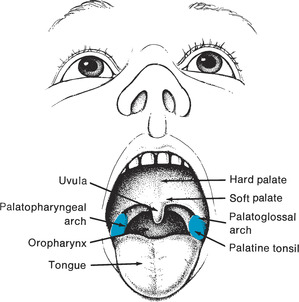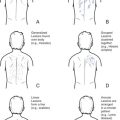▪ Signal to the child and the parent that the assessment is at an end.
▪ Provide an opportunity for the parent and child to ask questions or verbalize concerns.
▪ Assist the child to dress.
▪ Praise the child for cooperation during the examination. Offer reassurance and empathy to the child who has been frightened or upset.
▪ Express appreciation to the parent for assistance.
▪ Share assessment findings with the parent (and child, if appropriate). If findings are abnormal, the beginning practitioner should confirm them with a more experienced nurse before sharing with the parents and child.
▪ Findings that initiate concern for the immediate welfare of the child, such as respiratory difficulties and abnormal neurologic signs, should be communicated directly and quickly to the physician and appropriate health care providers.
▪ Findings should be organized and written down as soon as possible after assessment to avoid inaccurate or vague documentation of detail (see Appendix E).
▪ If unsure of the correct terminology, describe the findings.
▪ Avoid use of “good” and “normal.” These terms are subjective and vary greatly from nurse to nurse. Use specific, descriptive terms. Measurements, when possible, should be included.
▪ Findings should be documented in a way that is organized, concise, specific, accurate, complete, confidential, and legible.





